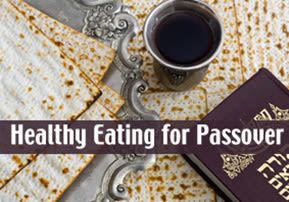
Healthy Eating for Passover
How can an Ashkenazi Jew who is not allowed to eat legumes on Pesach eat healthy when there's not much more all week long than meat and potatoes?

After having slaved for weeks to prepare for Pesach, we have finally been liberated. Now is the time to free ourselves from our daily routine and enjoy the renewal of this blessed holiday. No more scrubbing cabinets, no more re-organizing kitchen drawers, just the minimum of work needed for the enjoyment of the holiday. This work is mainly cooking, cooking and cooking. Let me share with you my personal experience of Hashem’s Hashgacha Pratit (Divine Supervision) this Pesach.
I had a late start cleaning this year, as it took me a while to recuperate from my USA speaking tour. With some Yekish (German Jewish) blood within me, Pesach cleaning is quite an ordeal in my home, especially since the month of Nissan is also the peak season for gardening. With all of the good rain, Hashem called me outside of my kitchen, to weed and transplant every single day during the week prior to Pesach. I had emunah that Pesach preparation would work out somehow, and Baruch Hashem it did! You won’t believe it, but 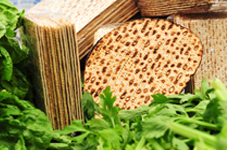 Hashem actually sent me a professional cook Erev Pesach. My friend, Rivkah, called and asked if I would like an additional guest for the Seder, a young many from Antwerp who has no family here. I was eager to fulfill the mitzvah to invite someone who really had no other place to celebrate Pesach, and I gladly consented. Then to my great surprise, Rivkah told me not to worry about cooking for Pesach; the guest was an experienced chef who would whip it all up. So it “happened” that I became a guest in my own kitchen on the eve of Pesach.
Hashem actually sent me a professional cook Erev Pesach. My friend, Rivkah, called and asked if I would like an additional guest for the Seder, a young many from Antwerp who has no family here. I was eager to fulfill the mitzvah to invite someone who really had no other place to celebrate Pesach, and I gladly consented. Then to my great surprise, Rivkah told me not to worry about cooking for Pesach; the guest was an experienced chef who would whip it all up. So it “happened” that I became a guest in my own kitchen on the eve of Pesach.
The Mitzvah to Eat
Pesach is a holiday which centers around cooking, because Pesach is the only holiday when we have a mitzvah from the Torah to eat, as it states:
“In the first month, on the fourteenth day of the month at evening, shall you eat unleavened bread, until the twenty first day of the month at evening” (Shemot 12:18).
Therefore, we must pay special attention to what and how we eat during this time. All the kitchen utensils are new and different, the countertops are covered, and we eat only special food strictly Kosher for Pesach. Not a crumb, not even a spoon that ever touched a crumb of chametz – without being koshered for Pesach – must come near our lips on Pesach. Some people even peel all of their vegetables in case they ever came in contact with chametz. With all of this fuss over food, still, I’m devastated every single Pesach. As an Ashkenazi Jew, not only can I not have my sprouted wheat bread, but I may not even eat any legumes. How can I attempt to eat healthy, in the midst of this potato and meat holiday?
What Can I Eat on Pesach?
Although wheat grass juice is not actually forbidden on Pesach, since the grass and not the wheat kernels are used, I’m unable to drink it because we moved all our kitchen utensils out of the kitchen for Pesach, and use only utensils that have not been used or cleaned within a chametz kitchen. In addition, sometimes on the ends of the wheatgrass you may find a kernel of wheat which mustn’t be found on Pesach, so we are not letting any wheat grass into our chametz-free home. I also cannot have my daily morning drink consisting of lemon juice and cayenne pepper diluted with water, since I couldn’t find any cayenne pepper with a Kosher for Pesach certification. I tried hot paprika but it just doesn’t do it for me. I also really miss my special grey Celtic sea-salt, which could have been contaminated by a trace of chametz as the bag was open in a chametz kitchen. What about sprouts? Why should sprouts be legumes? All vegetables were originally sprouts before they grew and we are allowed to eat vegetables on Pesach, thank G-d! This year our rabbi (Rav Daniel Kohn), permitted those kinds of sprouts which you can easily remove the hull of the seed itself – this rules out alfalfa, radish and broccoli sprouts. Baruch Hashem, I was able to get sunflower sprouts and their (occasional) hull easily comes off.
Quinoa
Quinoa is one of my everyday main food staples, as it is loaded with fiber, protein, and minerals. While being gluten-free, quinoa contains more calcium, iron, and protein than wheat. Every year for almost the last ten years, since I first heard that quinoa has been deemed permissible for Pesach in USA, I have been bugging my husband to ask Rav Daniel to permit quinoa. Every year the answer was “no”, but I had emunah that this would change, so I kept asking my husband to ask. Last year, he somehow evaded the issue as he had already asked so many times in the past. This year, I ensured he would ask, and finally my husband came home with the good news: “You can eat quinoa this Pesach!” Speaking with my friend, the rabbi’s wife, I marveled, “This year we are finally eating quinoa!” She responded: “Last year we also ate quinoa!”
Although quinoa is a sesame-seed looking kernel reminiscent of rice, it is not a grain, but a member of the beet family. Therefore, Rabbi Heinemann of the Star-K determined that quinoa is not kitniyot (legume). It does not grow in the vicinity of chametz and its growth does not resemble kitniyot. It, furthermore, has no religious precedent included in the prohibition against kitniyot. According to Rabbi Moshe Feinstein, foods which were not consumed by Jews at the time the minhag of kitniyot began are not forbidden on Pesach (Igrot Moshe, Orach Chaim III:63). Since no Jews lived in South America, where quinoa grew, at the time when the minhag to avoid eating kitniyot on Pesach began (3-4 centuries ago), quinoa is not considered kitniyot. As long as we can ascertain that no chametz grains or kitniyot are mixed in, we may consume quinoa on Pesach. In the USA, the whole quinoa sold under the Ancient Harvest and Trader Joe brand names are produced in plants which do not package chametz grains, and are therefore suitable for Pesach use.
Matzah – the Bread of Healing
With quinoa available this year for Pesach, I had decided that I would eat matzah only during the Seder when it is obligatory, since, on the remaining days of Pesach, eating matzah is only an optional mitzvah (Chizkuni, Shemot 12:18, Ma'aseh Rav,175). Although in our home, we only eat shemura matzah, which is made from whole wheat flour, I generally try to avoid eating food made from flour, as all the vitamins are lost when the grain is made into a powder, similarly to the process of producing juice from fruits. However, during the Seder night, something changed in me. I understood in the very fiber of my being how our health is a gift of Hashem. Healthy food is only a vessel for Hashem’s life-giving light, whereas keeping Hashem’s mitzvoth connects us directly with the light of Creation. Hashem, the healer of all flesh, tells us that matzah is good for us. In the Zohar matzah is called “bread of healing.” Rabbi Shlomo Carlebach explains that the matzah is the greatest healing in the world. If we don’t feel it, that’s because we are not yet on the level to experience this. If Hashem commands us to eat matzah, this means that the matzah heals us both physically and spiritually.
Matzah – Rectification for the Tree of Knowledge
Eating matzah on Pesach is a rectification for eating from the Tree of Knowledge, because when Adam and Chava ate from this forbidden Tree, their eating was like stealing. Any food which is not connected to our soul root is considered “stolen” food. Since the time of eating from the Tree of Knowledge, whatever we eat has a taste of being stolen, and this makes us sad, as Hashem told Adam, “. . . in sadness you shall eat all the days of your life” (Bereishit 3:18). Regular food does not necessarily come from the channel that connects us directly with Hashem. However, matzah is prepared especially for us and therefore it comes down to us directly from Heaven. When I ate the homemade matzah prepared so carefully by my bar mitzvah son for the very first time since reaching manhood, I felt how it brought down Hashem’s light directly from Above. My heartfelt prayer while chewing each bite of this matzah was engendered by my son’s excitement for keeping the mitzvah of baking matzah.
Pesach celebrates the birth of the Jewish people. According to Ariza”l, we were conceived on Seder night, and born seven days later on the last night of Pesach, at the splitting of the sea which was the breaking of the birth waters. During the seven days of Pesach, when we begin our lives, we may eat only matzah. The beginning – our root – needs to be matzah – the Tree of Life. According to the level of our emunah, is the depth of life which we receive from Hashem. Matzah is called “the Bread of Emunah.” On Pesach we renew our emunah that Hashem wants to give us endless life. Rabbi Shlomo explains that the last meal that we eat on the last day of Pesach is called “the meal of Mashiach” because when Mashiach comes, the earth will be healed from its curse, it will again believe in humanity and bring forth blessed produce. At this time one piece of matzah will be enough to give us eternal life. Let us enjoy our special Pesach food without guilt! “LaChaim”!
* * *
Rebbetzin Chana Bracha Siegelbaum, a native of Denmark, is Founder and Director of Midreshet B'erot Bat Ayin: Holistic Torah Study for Women. A worldly reclaimed Torah teacher and mentor for decades, Chana Bracha recently published her first book Women at the Crossroads: A Woman's Perspective on the Weekly Torah Portion. In addition the Rebbetzin practices spiritual healing according to the Torah. For more information visit her blog http://rebbetzinchanabracha.blogspot.com/and contact her directly to make an appointment director@berotbatayin.org.


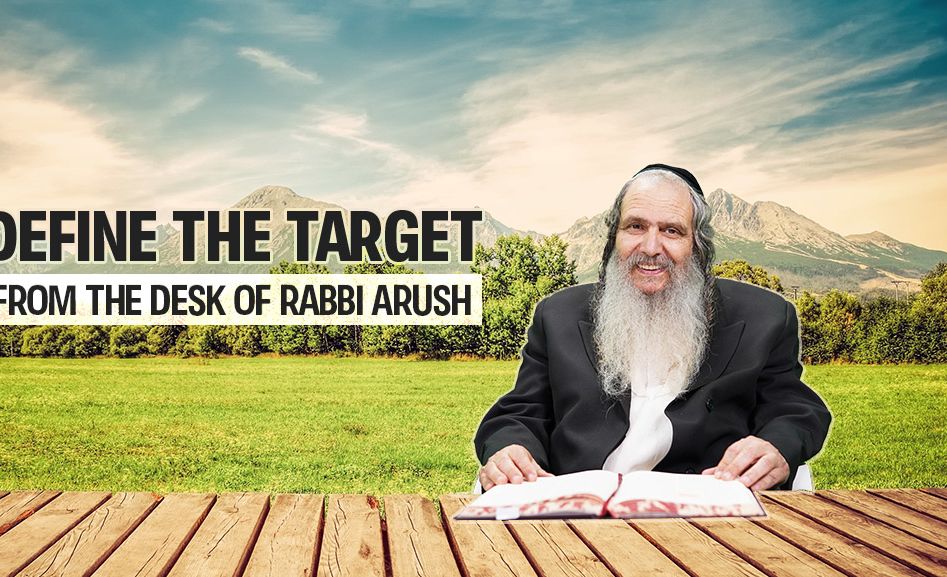
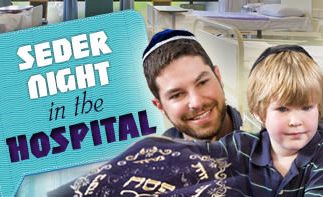
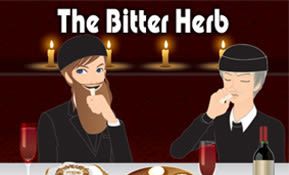
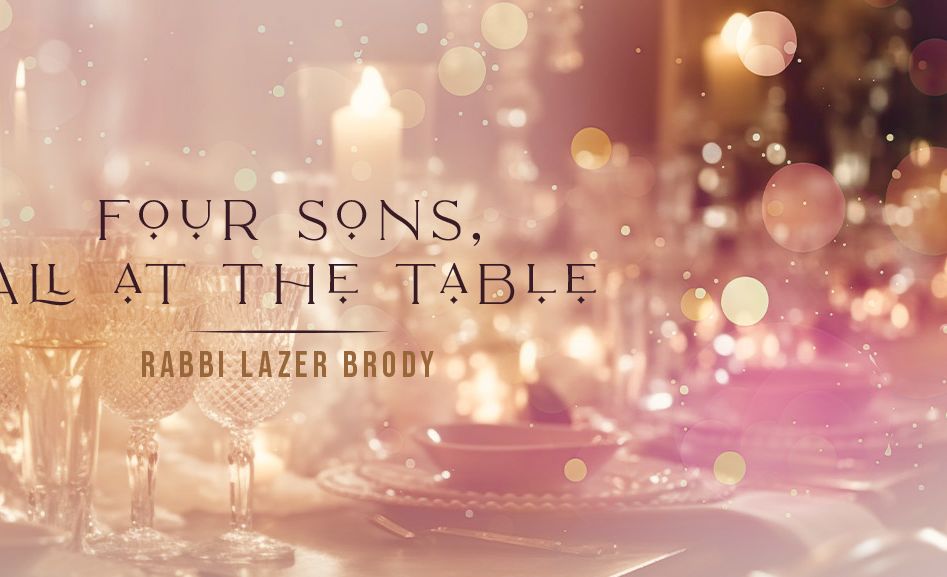
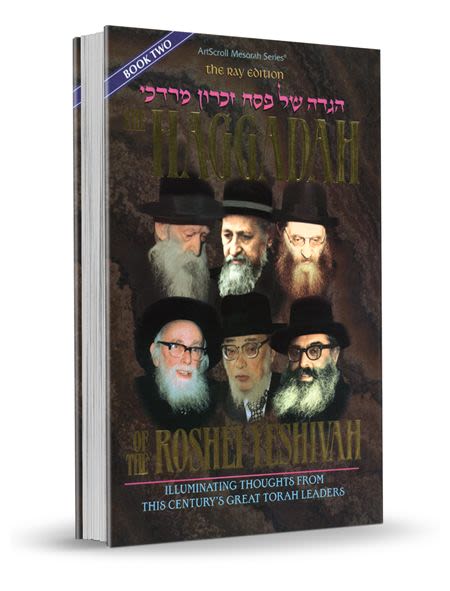
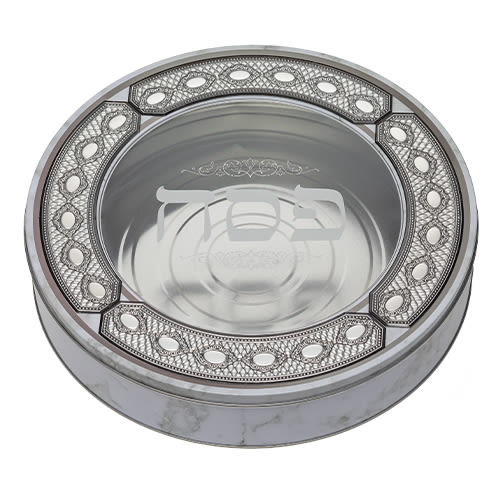
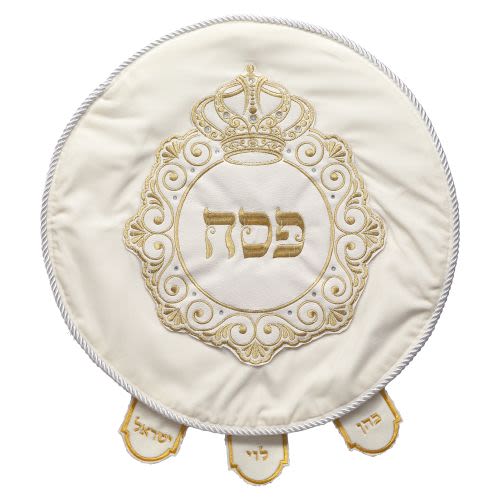

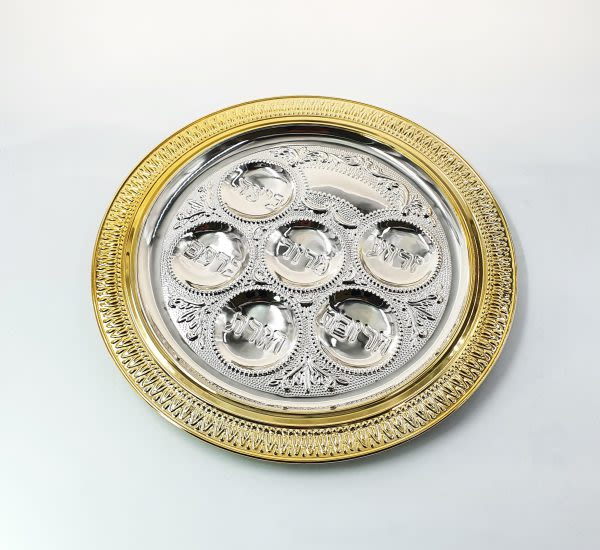
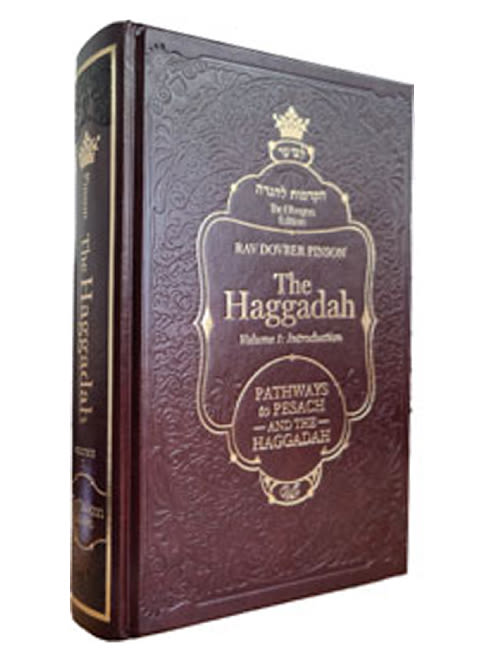
Tell us what you think!
Thank you for your comment!
It will be published after approval by the Editor.